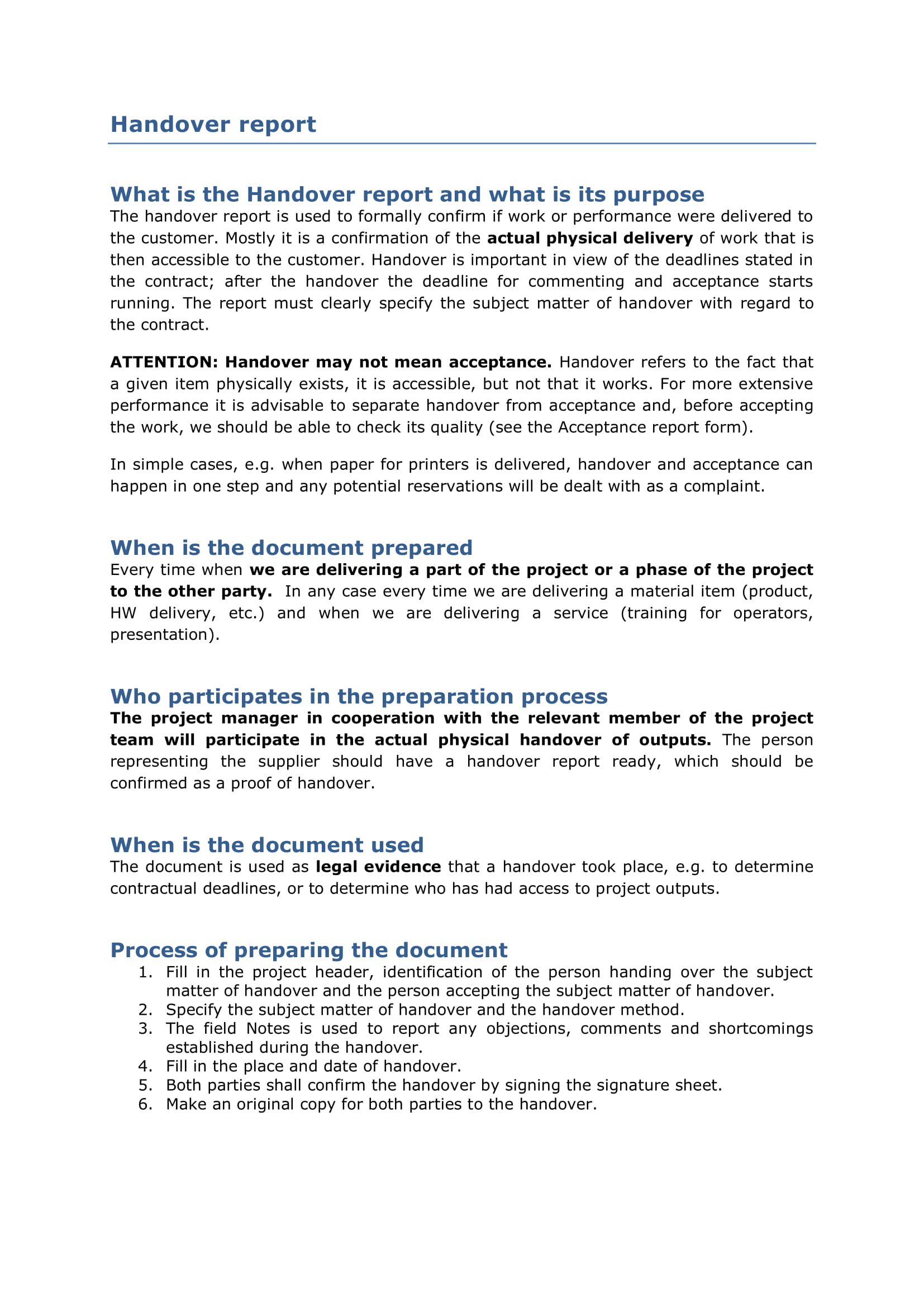


Decouple the logic from a view into a separate function generally suboptimal performance of the view which you can't improve. preparing a massive report involving complex or numerous queries on a large set of database rows Long time to generate a response can be taken by: Often view is expected to return a response in under 30 seconds tops.įor a number of reasons to generate a response your view might need some more time. Path('ckeditor/', include('ckeditor_uploader.urls')),Ĭreate a file myapp/templates/myapp/base.html with this content: Path('myapp/', include('myapp.urls')), # new In djangito/ urls.py add myapp urls to the root URLConf: from ntrib import admin Create an appĬreate an app myapp docker-compose run web python manage.py startapp myappĪdd it to installed apps in djangito/ settings.py to the list PROJECT_APPS:Ĭreate myapp/ urls.py with the following content: from django.urls import path You can explore Celery setup in djangito/ celeryapp.py and in Procfile where you find what commands are used to run Celery worker and scheduler.īy the way for scheduler we use celery-redbeat. The rest of the requirements you can find here: These are packages that we will be actively relying in this tutorial: Django=3.2.7 Let's start from getting fresh djangitos project template.
How to make a new file from a celery task code#
Repository with the source code for this tutorial: Setup the project



 0 kommentar(er)
0 kommentar(er)
